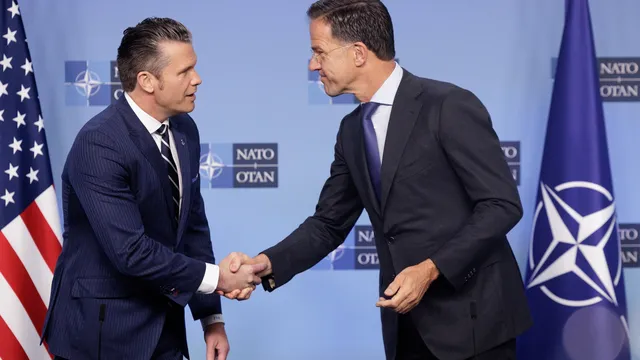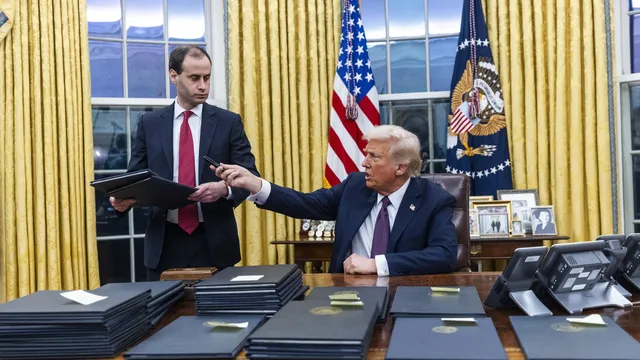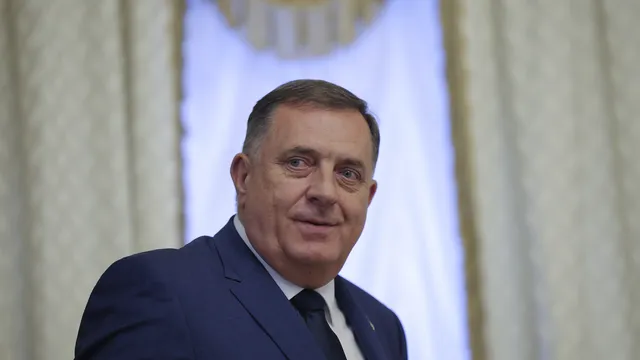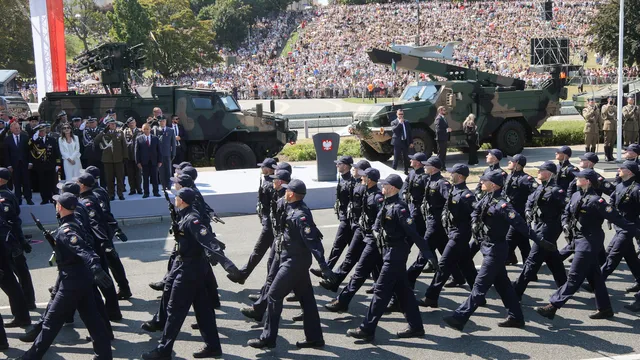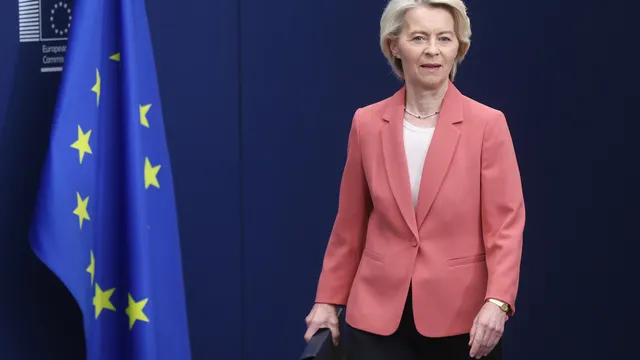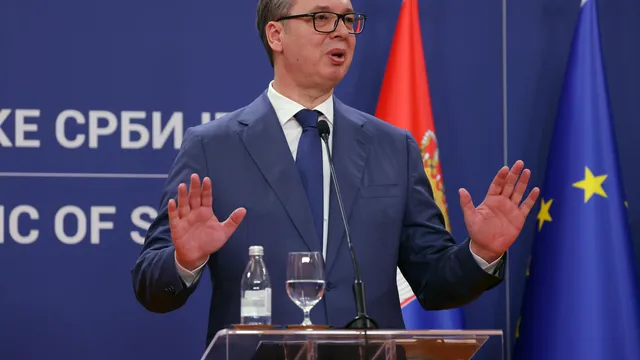US Defense Secretary Pete Hegseth insisted that NATO reach an agreement on increasing military spending that would satisfy President Donald Trump at this month's summit.
The volatile US leader has asked alliance members to increase their defense budgets to 5% of their GDP at the meeting in the Netherlands on June 24-25.
NATO chief Mark Rutte proposed a compromise agreement of 3.5% of GDP for core military spending by 2032 and 1.5% for broader security-related areas such as infrastructure.
Several diplomats say Rutte is on track to secure the agreement for the summit in The Hague as NATO grapples with the threat from Russia after more than three years of war in Ukraine.
However, several allies are still hesitant to commit to such spending levels.
“The reason I am here is to make sure that every country in NATO understands that every shoulder must be on the plow, every country must contribute at this 5% level,” Hegseth said at a meeting with his NATO colleagues in Brussels, quoted by AFP.
“Our message will continue to be clear. It is deterrence and peace through strength, but it cannot be relied upon. There cannot and will not be reliance on America in a world of many threats,” he said.
Spain is the most vocal in its reluctance, as it will only reach NATO's current target of 2% of GDP by the end of this year.
Diplomats say other countries are also bargaining for an extension and for the requirement that core defense spending be increased by 0.2 percentage points each year to be dropped.
But the deal seems like a decent compromise for most of them, letting Trump say he got what he wanted while actually lowering the bar for struggling European allies.
The United States has backed Rutte's plan, but Washington insists that it wants each country to present a “credible path” to achieving the goal.
At their meeting, NATO ministers are expected to sign new targets for the military capabilities needed to deter Russia.
German Defense Minister Boris Pistorius estimated that the new requirements mean Berlin will have to add “around 50,000 to 60,000” soldiers to its army.
His Dutch counterpart, Ruben Brekelmans, said that reaching the requested level would cost the Netherlands at least 3.5% of GDP.
It is not only fear of Moscow that is prompting Europe to raise its ambitions—there is also uncertainty about the United States' commitment to the continent.
“What we decide in The Hague, what we will spend on defense going forward, the new defense investment plan, is of course rooted in what we need in terms of hard capabilities,” Rutte said.
Hegseth, a former television presenter, shook NATO during his last visit in February with his fiery warning that Washington could try to reduce its forces in Europe to focus on China.
Since then, the US has made no specific statement about withdrawing troops, but NATO allies remain on edge. | BGNES

 Breaking news
Breaking news
 Europe
Europe
 Bulgaria
Bulgaria
